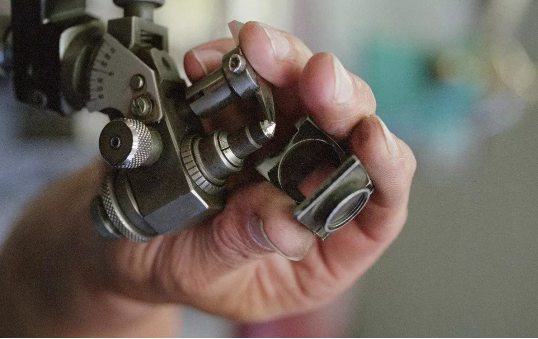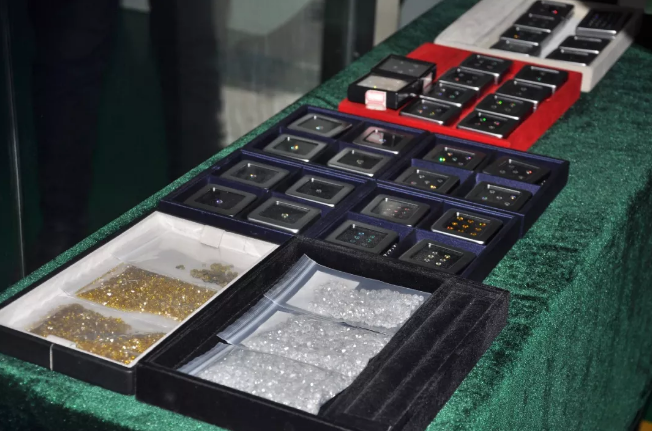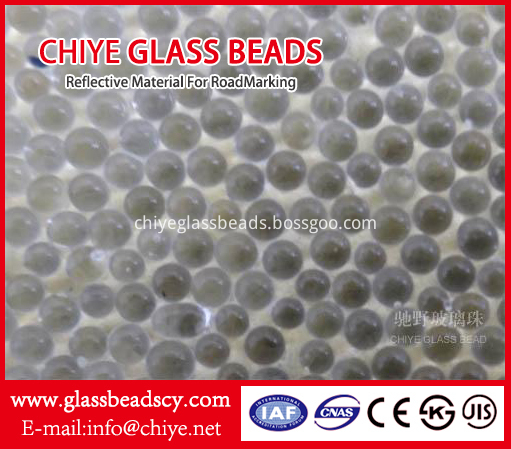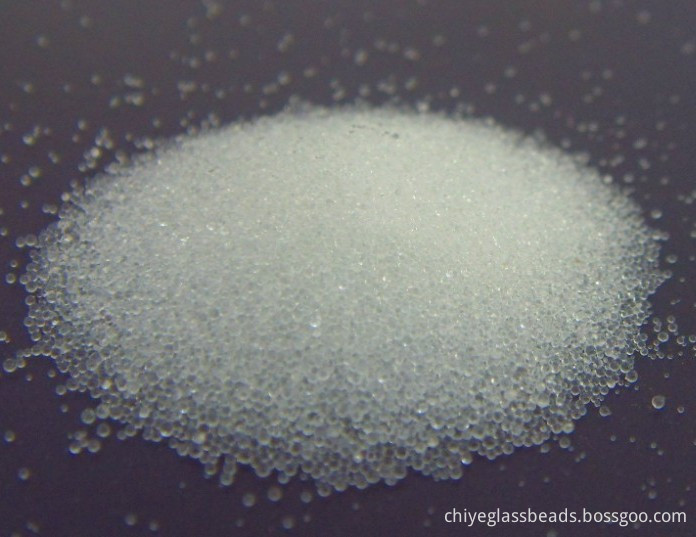The story of stone into gold can only exist in mythological stories, because the golden element (Au) itself is a rare existence in nature. However, carbon as a component of diamonds is widely distributed in nature. This means that once people find the key way to turn carbon into diamonds, they can continue to produce diamonds.
The world's first synthetic diamond was born in Stockholm, Sweden. A leading research and development team called ASEA, successfully synthesized diamond crystallites in 1953. However, since the company's goal is to produce large-grain gem-quality diamonds, microcrystals of less than 1 mm have failed in their view, so there is no patent application. In the second year, this honor was taken away by the Americans. A research team formed by General Electric Company of the United States has successfully obtained diamonds after three years of experiments.
In the 1960s, China first entered the field of synthetic diamonds. Prior to this, due to the scarcity of diamond resources, it was only possible to import from the Soviet Union or the Congo, but after the Sino-Soviet relationship broke down and the Congo became independent, China’s diamond source was cut off. This has seriously affected the development of precision manufacturing and the defense industry. In order to get rid of this predicament, the country launched the "synthetic diamond test research" project in October 1960. Three years later, on the self-produced high-voltage device, China successfully synthesized diamond, which was confirmed to be the same as the natural diamond.
Although the earliest synthetic diamonds have the same composition as natural diamonds, the color is never able to reach the gem-grade colorless and transparent state, mostly yellow and brown. Therefore, the most important use of synthetic diamonds has long been in industry and technology. Diamonds, which are superhard materials, can be used not only for cutting materials, but also because of their high hardness, high thermal conductivity and high chemical stability, making diamonds an excellent optical and semiconductor material.
If this has always been the case, synthetic diamonds and natural diamonds are divided into industrial and jewellery fields, and there is no distinction between them. However, with the development of the technical level, people began to make synthetic diamonds of the gem grade. It is difficult to identify the difference between the two by relying solely on the human eye.
In May 2012, the professional diamond testing agency Antwerp Lab detected 461 synthetic diamonds in a batch of 605 diamonds ranging in size from 0.30 to 0.70 carats. At the same time, the National Jewelry Quality Supervision and Inspection Center also found a batch of undisclosed synthetic diamonds in the laboratory in Shenzhen.

Image source: Visual China
Made in China that cannot be ignored
The "black swan" of the diamond industry has emerged. On the one hand, synthetic diamonds that are increasingly difficult to identify are mixed into natural diamonds, testing the ability of buyers and sellers and quality inspection agencies to identify, and once discovered, will seriously affect the consumer confidence in the diamond market. On the other hand, synthetic diamonds lack a standardized identification system, and even if they enter the market from formal channels, they will still bring trouble to practitioners and consumers.
In terms of the current industrial pattern of synthetic diamonds in the world, there are two main production methods: CVD and HPHT. The former is a chemical vapor deposition method, and the latter is a method of synthesizing diamonds by means of high temperature and high pressure. CVD is mainly for the production of large-particle synthetic diamonds, and HPHT mainly produces small-comminuted synthetic drills.
At present, the price of synthetic diamonds is about 50-70% of that of natural diamonds. With the advancement of technology and the diminishing marginal cost of large-scale production, the cost of synthetic diamonds in the future may even drop to 10-30% of natural diamonds. According to Morgan Stanley's research report, by 2020, the market price of small-particle synthetic diamonds will reach 50% of the same level of natural diamonds, while the price of large-size synthetic diamonds may fall to 30 of the same level of natural diamonds. %. Morgan Stanley also predicts that although synthetic diamond sales currently account for only 1% of the global market, with the rapid improvement in process quality and diamond size, synthetic diamonds may occupy about 15% of the gem market by 2020.
In contrast to the rapid growth in the production of synthetic diamonds, natural diamonds with limited reserves will face a decline in output in the future as mining levels deepen. Lin Weixiong, a market consultant for De Beers Group Greater China, said in an interview with the media that since 2019, the output of natural rough diamonds will decline by 1-2% per year, while sales will increase by 3-4%. The gap between supply and demand will be further expanded.
Chinese synthetic diamonds have flourished since the 1990s. Since the beginning of the 21st century, they have dominated the world of synthetic diamonds. In 2016, the annual output has reached nearly 20 billion carats. In the same year, there were 11.33 million new couples registered in the country. If the synthetic diamonds produced in this year were to be evenly distributed, each pair of newcomers could be divided into 1,800 carats.
China's synthetic diamonds are basically made of small-grain diamonds by HPHT method. The global gem-quality small-particle colorless synthetic drills are almost all made in China. The large-particle HPHT synthetic drills have relatively low output, and the output accounts for about 50% of the world.

The picture shows the synthetic diamond produced by Zhengzhou Huajing Company.
In February 2012, a project on high-grade synthetic diamond jointly awarded by Zhengzhou Huajing Diamond Co., Ltd., Zhongyuan Institute of Technology and Zhengzhou Abrasives Grinding Research Institute won the second prize of National Science and Technology Progress Award, which marked the synthesis of China. Large-particle high-quality diamonds made a major breakthrough. After five years of development, most of the world's high-color, high-purity, strong phosphorescent synthetic diamonds are produced in China. In 2017, Zhengzhou Huajing Diamond Co., Ltd., a leading manufacturer of synthetic diamonds, established a synthetic diamond sales company in Shanghai and opened an offline experience store in Zhengzhou.
According to a report by China Gold Jewelry, there are currently 7,000 six-face presses for manufacturing industrial grade synthetic diamond abrasives in China, of which 2,000 are capable of industrial use, and the remaining 5,000 are competing. Intense, still in a state of suspension. Once the demand for synthetic diamonds rises, the remaining machines can be rapidly transformed into gem-quality synthetic diamonds, and capacity will grow at a large scale.
Grinding Glass Microsphere
1. To select glass beads in types, sizes and quantity in accordance with viscosity, rigidity and dispersal of the grinded materials.
2. To clean glass beads and mill's inside before the grinding processed.
3. To input the grinded materials firstly and a curtain amount of glass beads later. To add continuously glass beads till 70%~80% of the mill is full.
4. To forbid to keep glass beads funning with little grinded material for a long time, as the glass beads inside the mill are easily broken at high speed operation.
5. To add new glass beads to ensure the quality and efficiency of grinded materials.
Grinding Glass Beads are mainly used for the disperser, grinding media of industries, such as coloring, paint, ink, coatings, resins, chemical engineering, with the advantages of smooth surface, even size, high hardness, good chemical stability. Thanks to the characteristics of heat-resistant, wearable, compression strength, the filling-type bead could be used to improve glass fibre reinforced plastic, rubber, and so on.
The glass bead can be produced based on the standard of countries or areas, such as EN1423/1424, AASHTO M247, BS6088, JIS R3301 and KS L2521 etc.


Grinding Glass Beads
Grinding Glass Beads,Grinding Glass Beads Borosilicate,Grinding Glass Beads Road Marking,Gj-I Grinding Glass Beads
CHIYE GLASS BEAD (HEBEI) CO., LTD , https://www.chiyeglassbeads.com